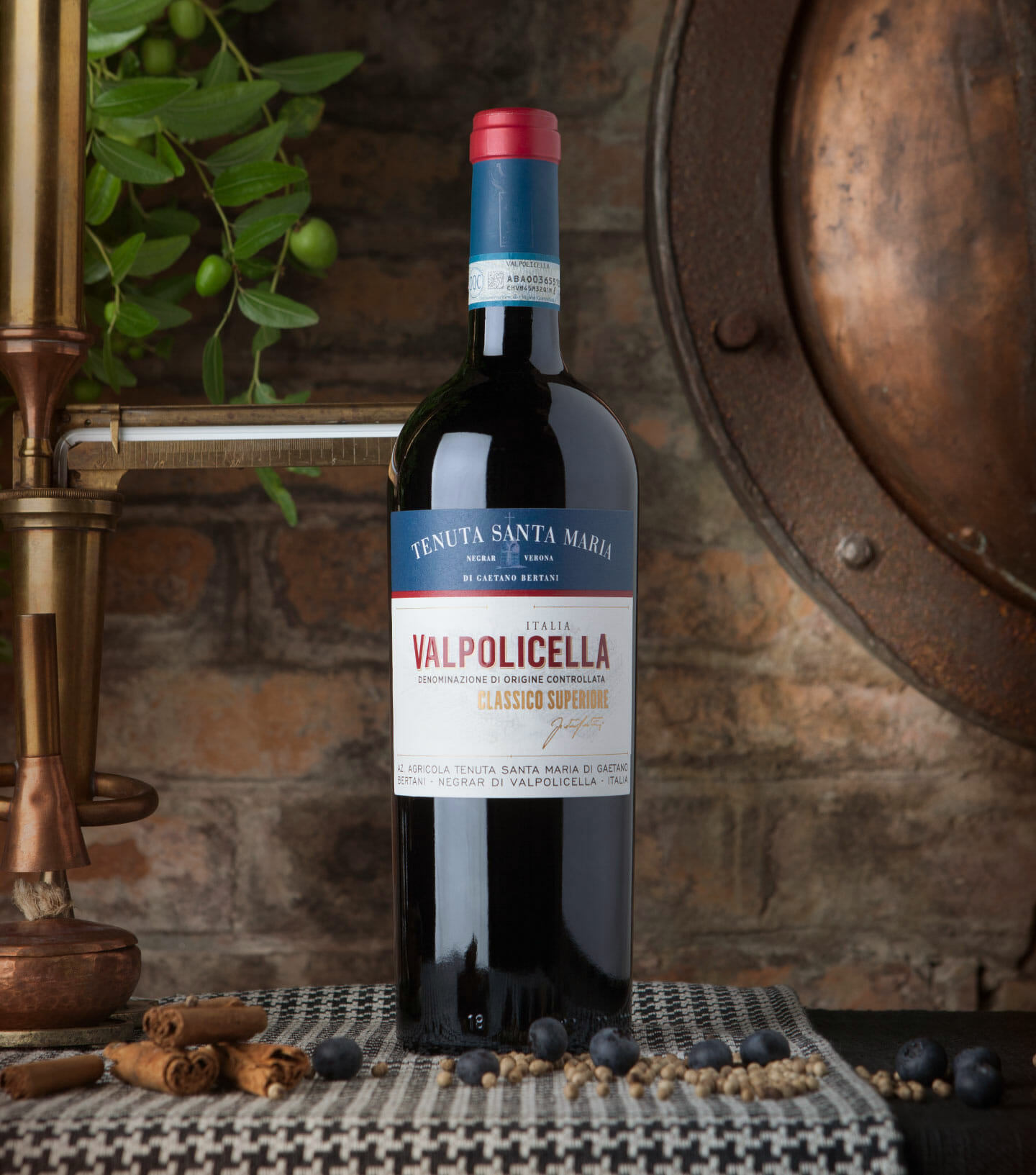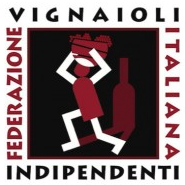Valpolicella
Classico Superiore Doc 2022
Our Valpolicella Classico Superiore is a true representation of Veronese viticulture and is crafted exclusively by blending the native Veronese grape varieties Corvina, Corvinone, and Rondinella.
The grapes are carefully handpicked. Following an extensive maceration and fermentation, the wine is transferred to large oak barrels where it ages for 14 months.
Alcohol 14,5% vol. | Contains sulfites




